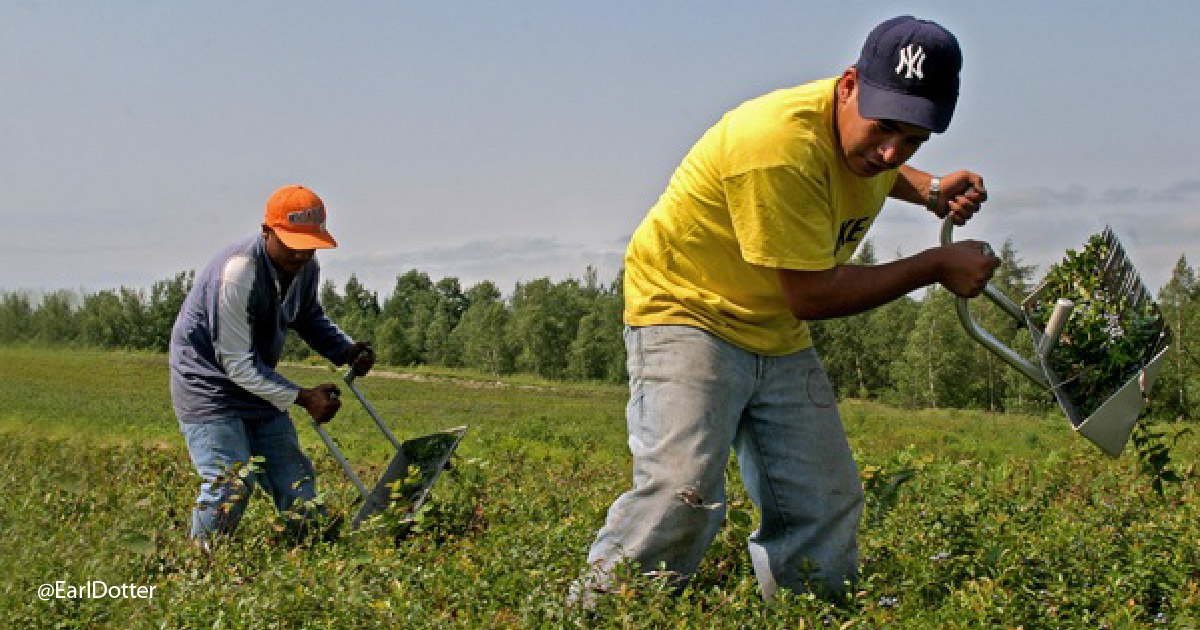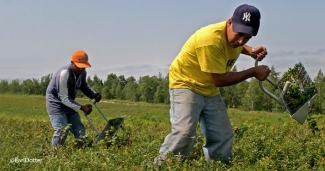Educational Attainment for Farmworkers

By Daniela Delgado
The notion of equal opportunity is a reason for migrating to the United States. Educational advancement forms part of this notion, yet the educational attainment of some immigrant groups, including farmworkers, is still low. In the U.S., a third of child farmworkers drop out before graduating from high school and the mean highest grade completed by farmworkers is eighth grade (Human Rights Watch, 2010; NAWS, 2007-2009). Additionally, the constant mobility of migrant children and the need of some to work in the fields are contributing factors to high dropout rates (National Center for Farmworker Health, 2011). The low education of migrant workers is also an index for their low wages. Farmworkers earn $9.12 per hour and a median income of $18,970 per year, which is below the poverty line for a family of three (Bureau of Labor Statistics, 2012; NAWS, 2007-2009). The deficit in education increases migrant workers’ vulnerability, as the inability to leave farm work can lead to withstanding abuse and inadequate working conditions.
The above-mentioned considerations suggest that there is great need to understand and promote the educational attainment of migrant children. To date, research has focused on utilization of health services, but there is limited information on the barriers preventing access to educational services offered to migrant youth. As part of an education and training partnership between the Dunspaugh-Dalton Community and Educational Well-Being Research Center and a community-based organization, enFAMILIA, a project was created to examine the educational needs of farmworker families in Homestead, FL, a city outside of Miami with several migrant communities. The project PROGRESA, Promoting the Well-Being of our Community, consists of data from three focus groups with the youth (n=12), parents (n=12) and service providers (n=10), and individual interviews with a student and a parent. Following a suggestion from the community agency, three additional focus groups with the youth are being conducted. In these, barriers to access and educational attainment are being examined. Preliminary results indicate there is a lack of student motivation towards professional goals and an existent disconnect between current school performance and envisioned educational success.
The current study can inform and help develop initiatives aimed at promoting social justice for farmworkers. This article will provide in-depth information about our study findings and the implications for both local and national farmworker communities. Furthermore, it will provide information on the current educational attainment of farmworkers and will present a brief discussion on the link between low education and the proliferation of inequality in other areas.
- Log in to post comments





